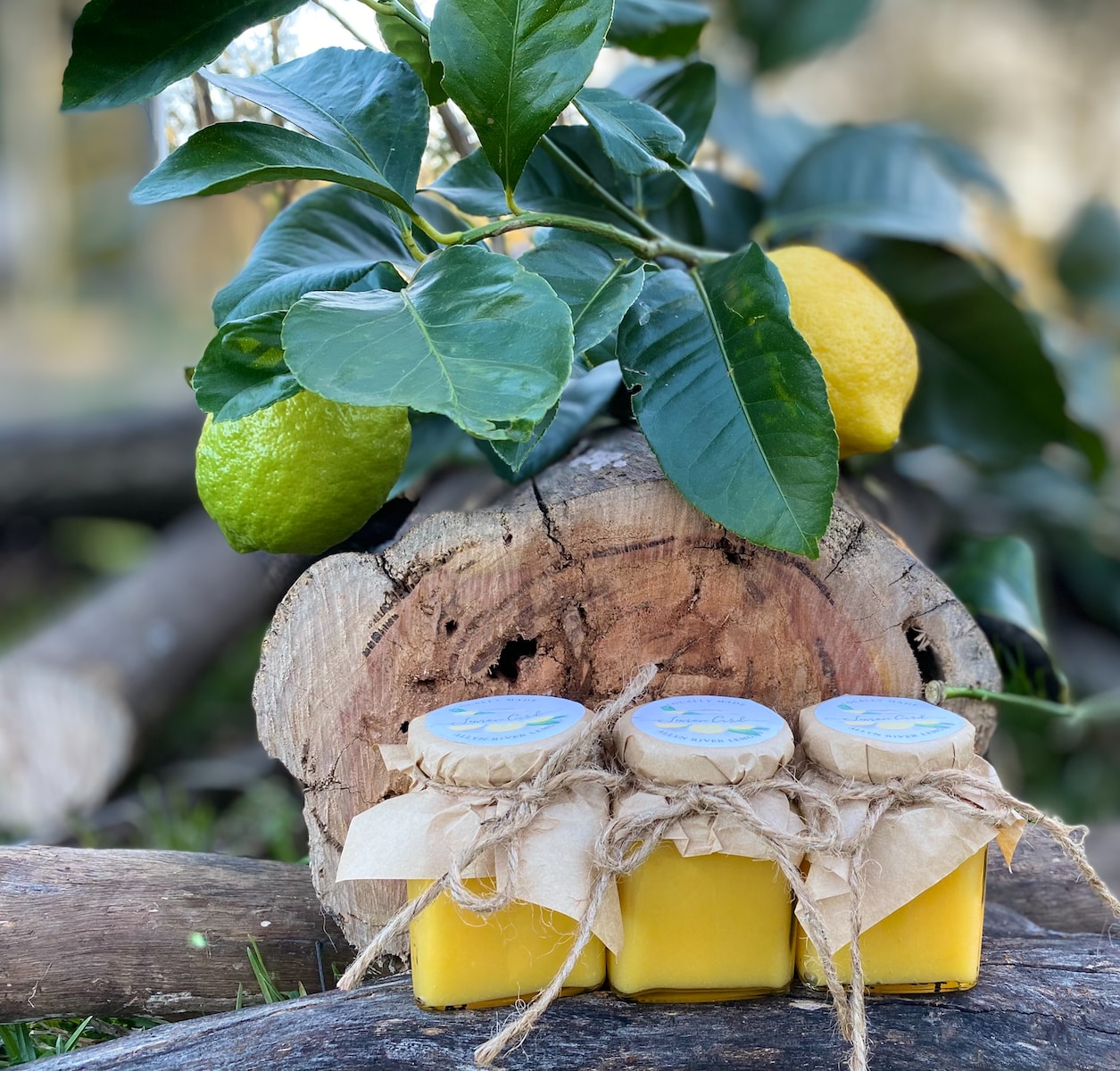Water is a precious resource that we should all try to conserve. One of the ways we can do this is by harvesting rainwater. Not only is it an excellent way to save water, but it’s also easy to set up and maintain. Here’s a beginner’s guide to rainwater harvesting.
Rainwater Harvesting: A Beginner’s Guide
Rainwater harvesting is the process of collecting and storing rainwater for later use. This can be done in several ways, such as using a rain barrel or a cistern. A rain barrel is a container that collects rainwater from a downspout, while a cistern is a larger tank that can hold thousands of gallons of water.
The benefits of rainwater harvesting are numerous. It reduces your water bill, helps conserve water, and provides a backup source of water in case of a drought. It’s also great for plants as rainwater is free of chlorine and other chemicals found in tap water.
Let’s Save Water with Rainwater Harvesting!
To get started with rainwater harvesting, you’ll need to choose a collection method that works for you. A rain barrel is a great option for those with a small garden, while a cistern is better suited for larger properties. You’ll also need to install a downspout diverter to redirect rainwater to your collection system.
Once you’ve set up your collection system, it’s important to maintain it properly. Regularly clean your rain barrel or cistern to prevent the buildup of debris and bacteria. You should also ensure that your collection system is covered to prevent mosquitoes from breeding in your stored water.
Simple Tips and Tricks for Successful Rainwater Harvesting
To maximize your rainwater collection, place your collection system in an area with good rainwater runoff. This could be near a gutter or a sloping roof. You can also add a filter to your collection system to remove any impurities from the rainwater.
A great way to use your collected rainwater is for watering your garden or lawn. You can also use it for washing your car or even flushing your toilet. Just be sure to label your stored water properly and not use it for drinking or cooking.
By following these simple tips and tricks, you can successfully harvest rainwater and do your part in conserving water.
Rainwater harvesting is an easy and practical way to save water. With just a little effort and investment, you can significantly reduce your water bill and help conserve a precious resource. So why not give it a go and start harvesting rainwater today?




